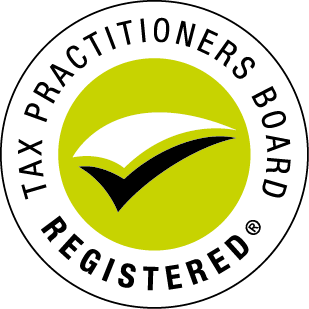
If you’re self-employed, you aren’t required to pay yourself super guarantee payments. It is however a recommended way to save for your retirement, and making personal super contributions could be beneficial for you in the long run.
As a self-employed individual, you can make regular or lump-sum payments to your super, potentially claim a tax deduction on contributions, and may be able to save tax later on.
If you’re looking to start paying contributions to a super fund you already have, always check that you can make those contributions to it if you are self-employed. Your fund will also need your tax file number (TFN) to accept those contributions. If you don’t provide your fund with your TFN:
- Your super contributions will be taxed an additional 34%
- Any personal contributions that you try to include in your fund will not be accepted, which may mean you miss out on super co-contributions you’re eligible for.
- It will be harder for you to keep track of your super.
There are two ways to make contributions to your fund if you are self-employed, depending on how you pay yourself. If you receive a wage, you can set up a regular transfer into super from your before-tax income, or if you receive income from business revenue, you can transfer a lump sum when you have enough cash flow.
Employers contribute at least 9.5% of their employee’s earnings to their super fund. As a self-employed person, bear in mind that there are limits to how much you can contribute each financial year. These are:
- Up to $25, 000 in concessional contributions (from pre-tax income, which you can claim a deduction on).
- Up to $100, 000 in non-concessional contributions (from your after-tax income or savings).
You may also be eligible for co-contributions to your super from the government if you are considered low-income. Discussing your options for your super with an accountant or financial advisor is highly encouraged and will ensure that you don’t miss out on that potential capital growth.


